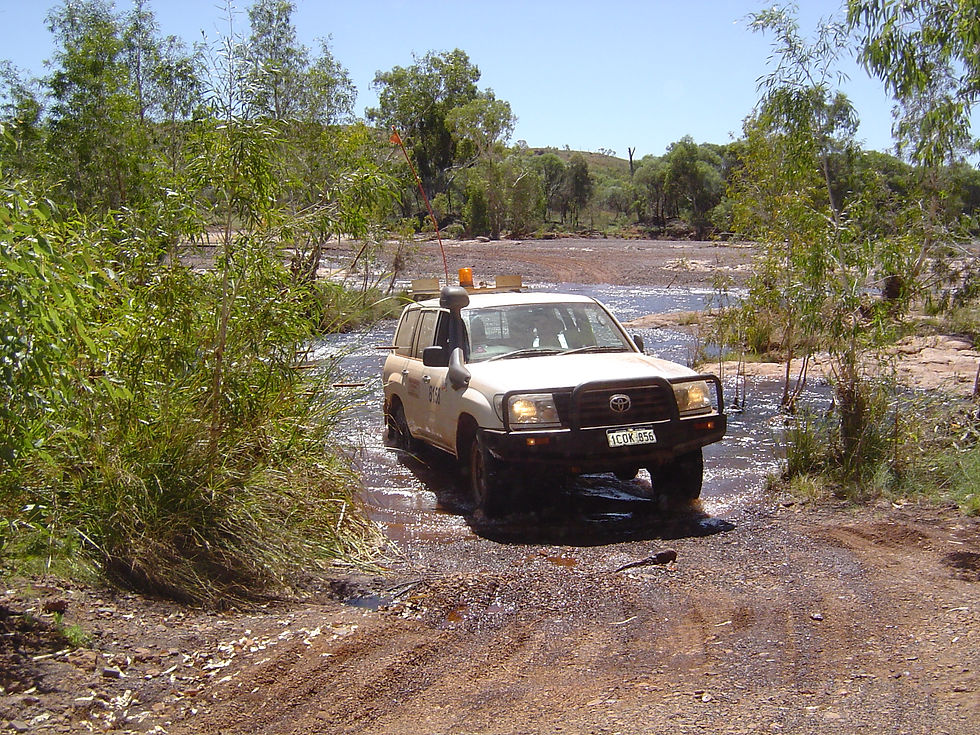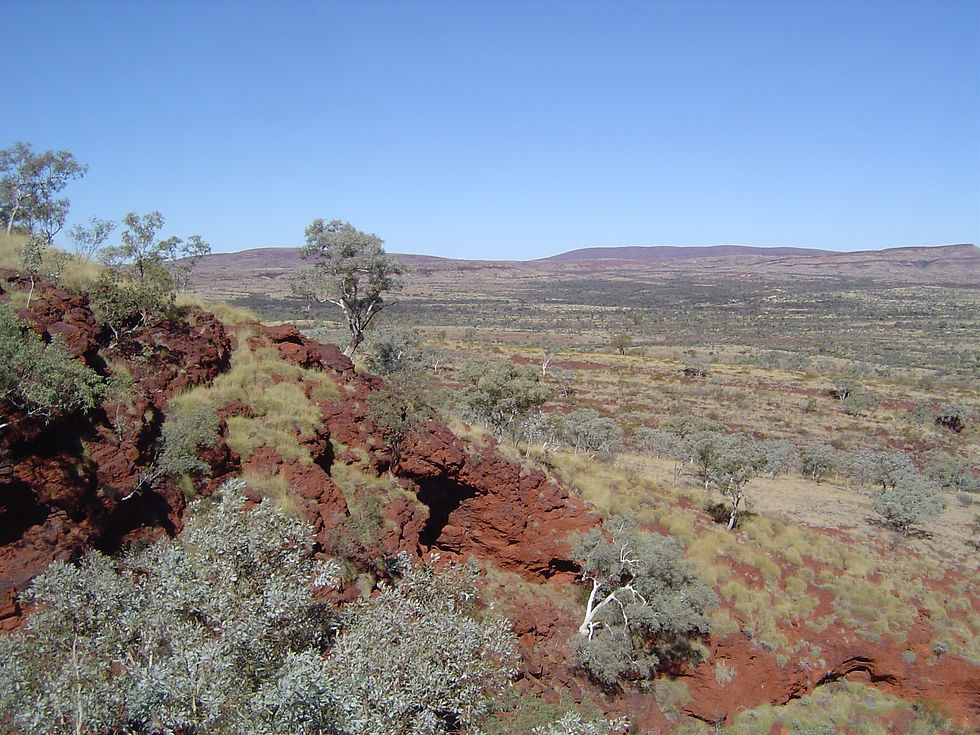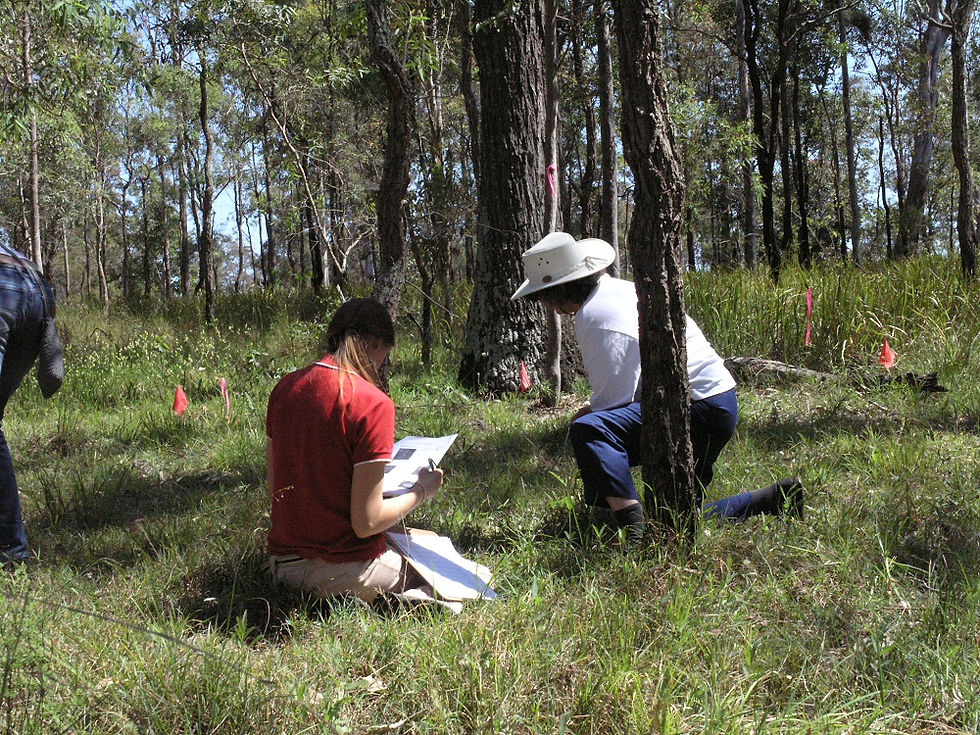
The
RAMP
L
B
Images from the lab
Here are some images that capture the essence of our work




Caught on Film!
We often use camera trapping as a non-invasive method of surveying large vertebrates like wallabies and bandicoots. Camera traps are less stressful to our study subjects than other methods such as cage trapping.




Laser Technology
We use the latest technology to make our work as accurate as possible. This is our Leica C5 scanstation; a tripod mounted LiDAR scanner. Sending out around 3 million laser beams in around two minutes, this high-tech device is being used to build 3D computer models of habitats. We then use the model to measure canopy cover and build foliage density profiles.




Close Encounters
We study a range of taxa from all over Australia. These are examples of the wildlife that we work on and frequently encounter during our field work.




Off the Beaten Track
Our field work is often in some of the remotest areas in Australia. We often need to drive on unsealed tracks and cross rivers to get to field sites. Offroad experience of our senior lab members ensures that safety is always considered.




Cryptic Critters
Our lab members are experienced in surveys of Short-range endemic (SRE) invertebrates in places like the Pilbara. These taxa pose challenges to field workers as they are difficult to locate, often blending-in well with their surrounding. Trap door spiders are among the most difficult to find. First the challenge is to find their door, then you have to dig them up!




Citizen Science
What motivates our interest in citizen science is the potential to create a more scientifically literate society. These are images during work by our lab members with Conservation Volunteers Australia.